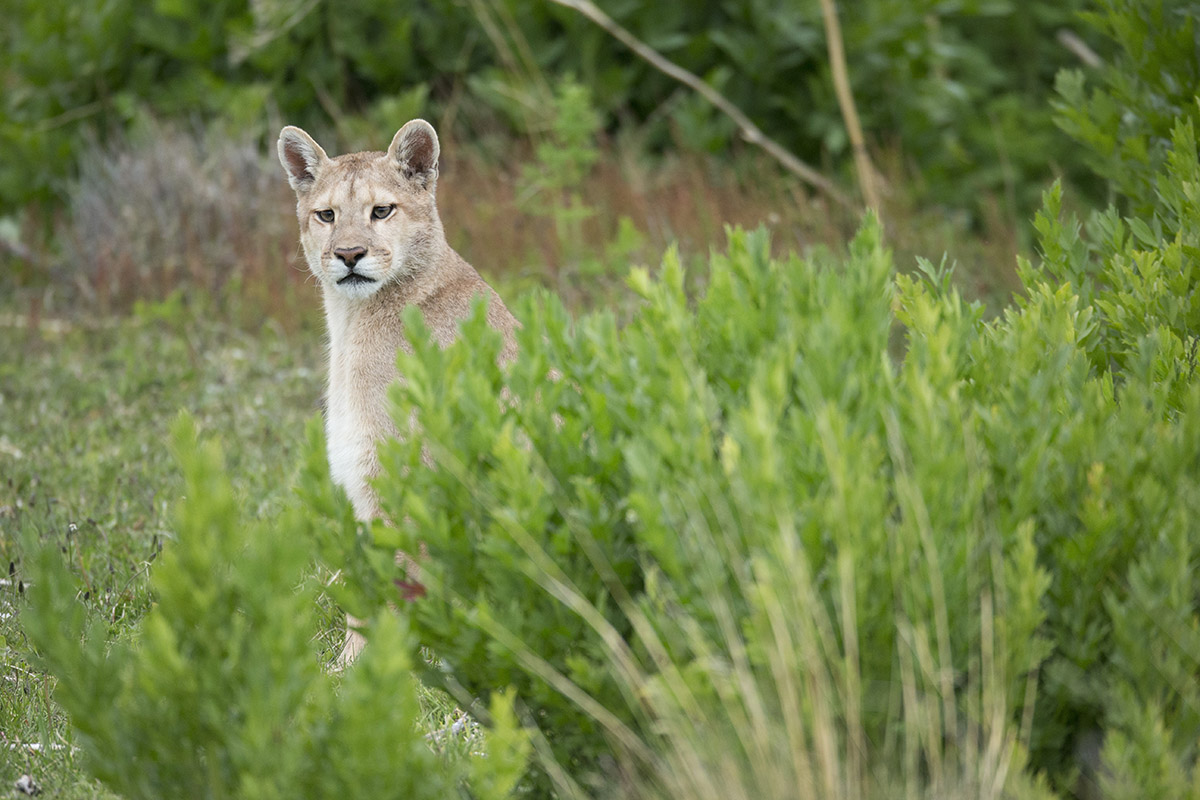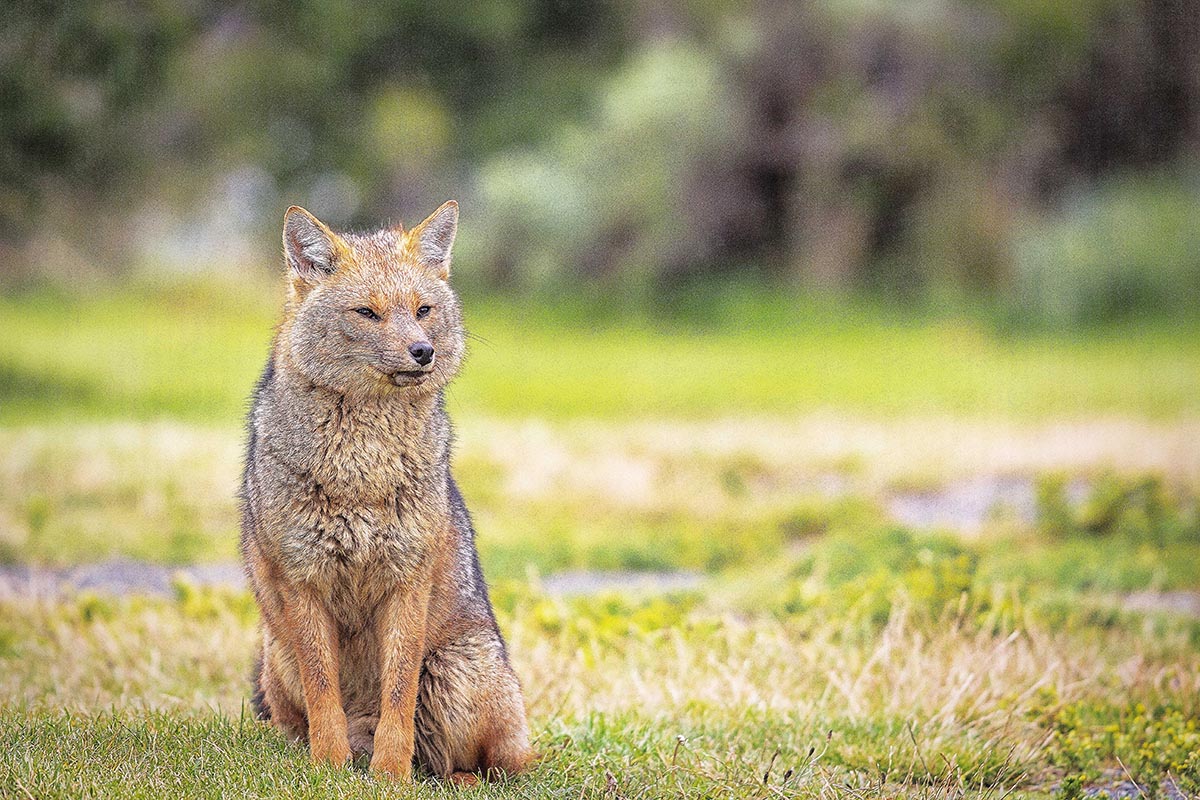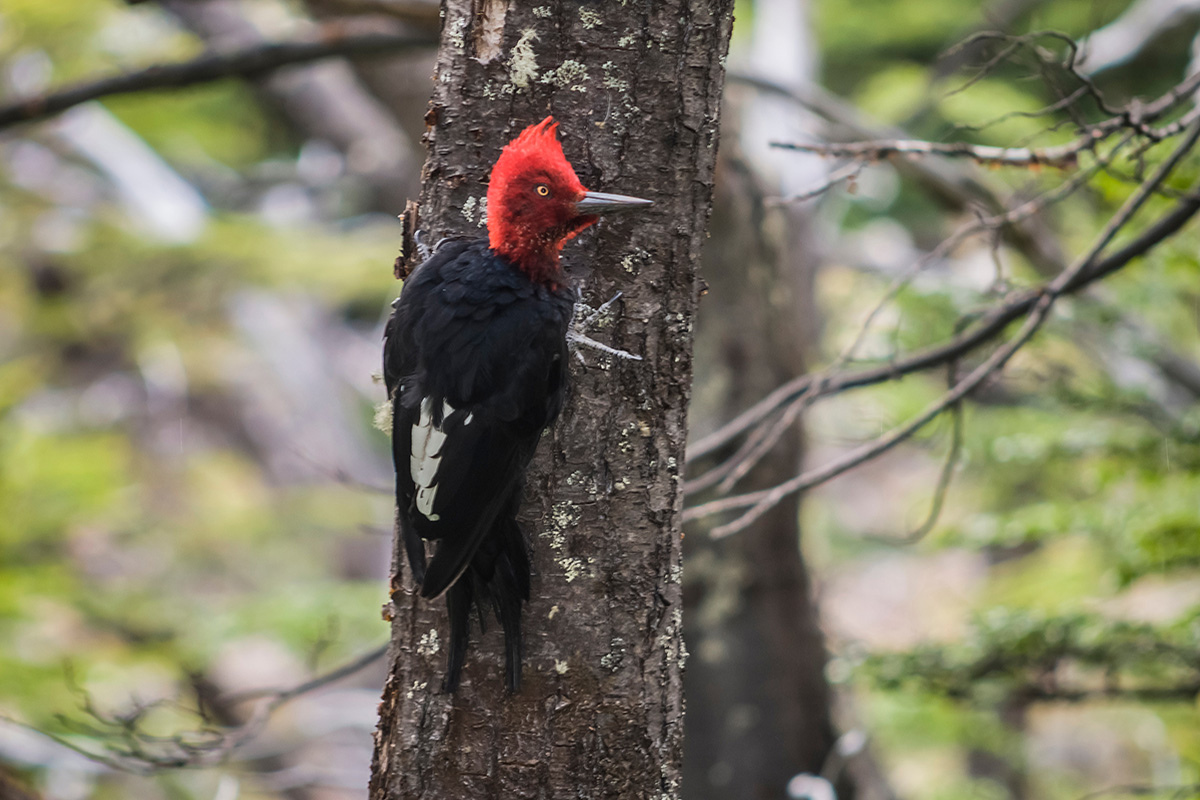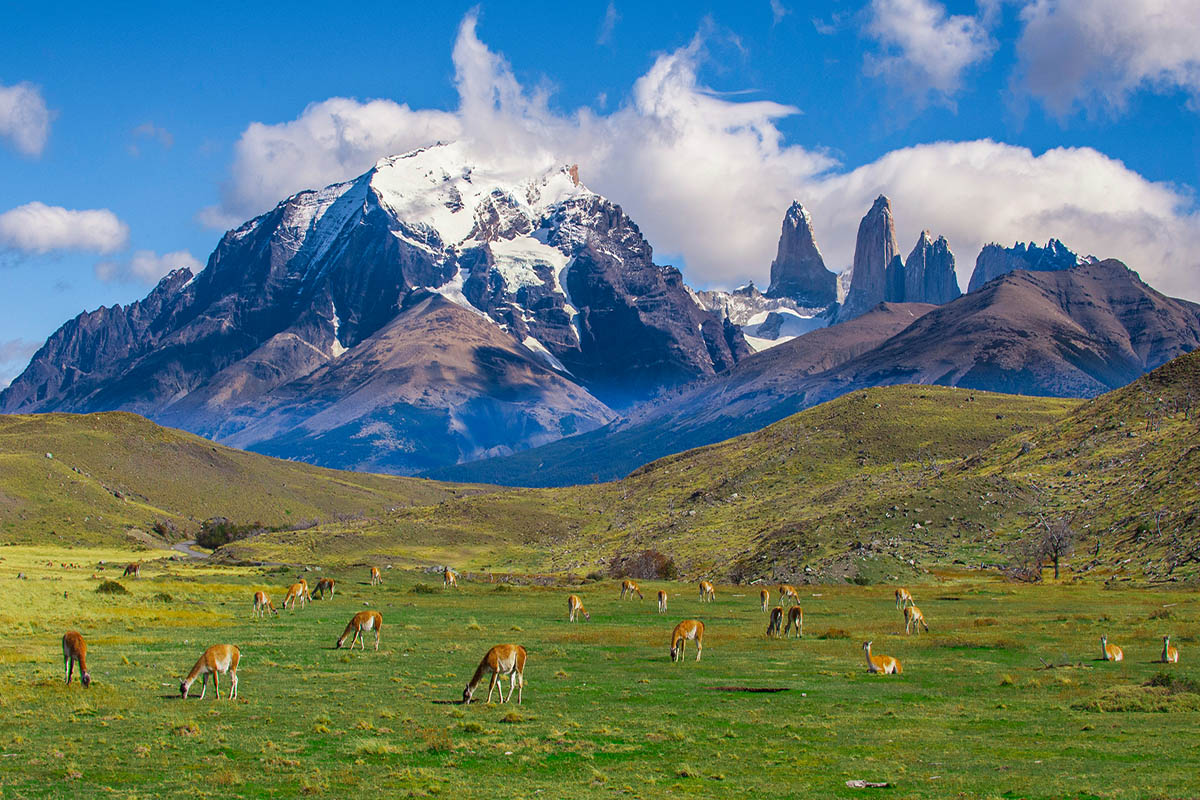Patagonia animals: Have you ever wondered how the photographers at National Geographic feel when they observe animals? Would you like to experience that feeling? Torres del Paine National Park offers the perfect setting to witness the behavior of various species. With a little patience and luck, you’ll be able to take home unforgettable memories and some extraordinary photos.
Here are some of the most curious facts about the stars of Torres del Paine.

THE CURIOUS VOICE OF THE PUMA
The puma is one of the most recognizable animals among Torres del Paine wildlife, yet it is one of the park’s most elusive mammals. Many visitors take to the trails hoping to spot the fourth-largest feline in the world, but only a lucky little manage to do so.
Those who come across the puma, which weighs between 50-80 kilos (110-170 lbs), are often surprised by one notable difference from other large felines, such as lions or tigers: pumas cannot roar. The sound they make to communicate with their mates is closer to a whistle, scream, or screech. You can hear their unique sound here.

THE SAD FAMILY STORY OF THE CULPEO FOX
The Culpeo fox, or the Andean fox, is one of the largest foxes in the region. It excels in hunting and can adapt its usual prey when resources are scarce. However, behind this skilled mammal is a sad family background.
The fox is a solitary animal, and is seen rarely in small groups. At the beginning of the mating period, the male will look for a female with which to start a family. The pair will stay together during her pregnancy, and also to raise the pups for the first year of their lives. Once that year has passed and the pups know how to hunt their own food, the family will go their separate ways, never to meet again. As the pups grow into adulthood and reach reproductive age, history then repeats itself.

THE FLAMINGO’S EXTRAVAGANT FEEDING HABITS
The flamingo is one of the most elegant birds in the wild, moving its wings and legs with a peculiar grace that has been captured by documentary filmmakers around the world. Yet despite its delicate form, it has a rather strange way of feeding.
Like other birds in the animal kingdom, the flamingo belongs to a group of filter feeders, with its large curved beak containing comb-like filters that are used to separate water from food. This technique can be seen in use when flamingos submerge their heads in water to search for the small animals at the bottom that make up their diet, such as crustaceans and algae rich in carotenoids—the food that gives them their distinctive feather color.

THE STRANGE CASE OF THE WOODPECKER’S TONGUE
If anyone knows how to declare its presence in the woods of Torres del Paine, it’s the woodpecker. It alerts everyone within earshot of its whereabouts with its distinctive pecking on tree trunks. But how does this bird avoid head injury from making holes in the wood, and how does it catch its food?
First, the woodpecker’s tongue is a marvel of Mother Nature’s engineering. Its tongue is especially long and can extend up to a third of the bird’s size, a length that forces it to resort to a peculiar form of storage. In fact, the tongue retracts and wraps around the skull, forming a cushion around the brain that protects it from the constant pounding as the bird searches for food. What’s more, strengthened muscles in the neck and a spongy bone in the skull help distribute force, thus protecting the bird’s brain mass.

THE STRANGE SHAPE OF GUANACO HERDS
The guanaco, a cousin of the llama, is one of the most easily spotted animals in Patagonia. On your way to Torres del Paine National Park, you may come across some specimens on the road. Surprisingly, their herds exhibit one of the most stringent group formations in the animal kingdom, adhering to rigid criteria that is repeated across groups.
In the first place, breeding herds are made up of about 10 females with only two males: a young one, and a dominant one. What happens to the rest of the males? Well, these unattached guanacos must form their separate herds. Experts have discovered herds of up to 50 males.
One of the guanaco’s biggest threats is the puma, and so in each herd there is always one guanaco that places itself in an advantageous position to stand guard. This guanaco is known as the sentinel, and it will emit a sound similar to a high-pitched laugh to warn the rest of the herd. If you hear it, pay attention—there may be a puma nearby.
And lastly, there is a superstition from the Tehuelche people of Patagonia about the guanaco. If a two-headed guanaco is sighted, it means that a season of diseases will come. Do you want to learn more about Patagonian wildlife? Book one of our excursions and explore Patagonia to uncover more fascinating details about the wildlife. See more here.
